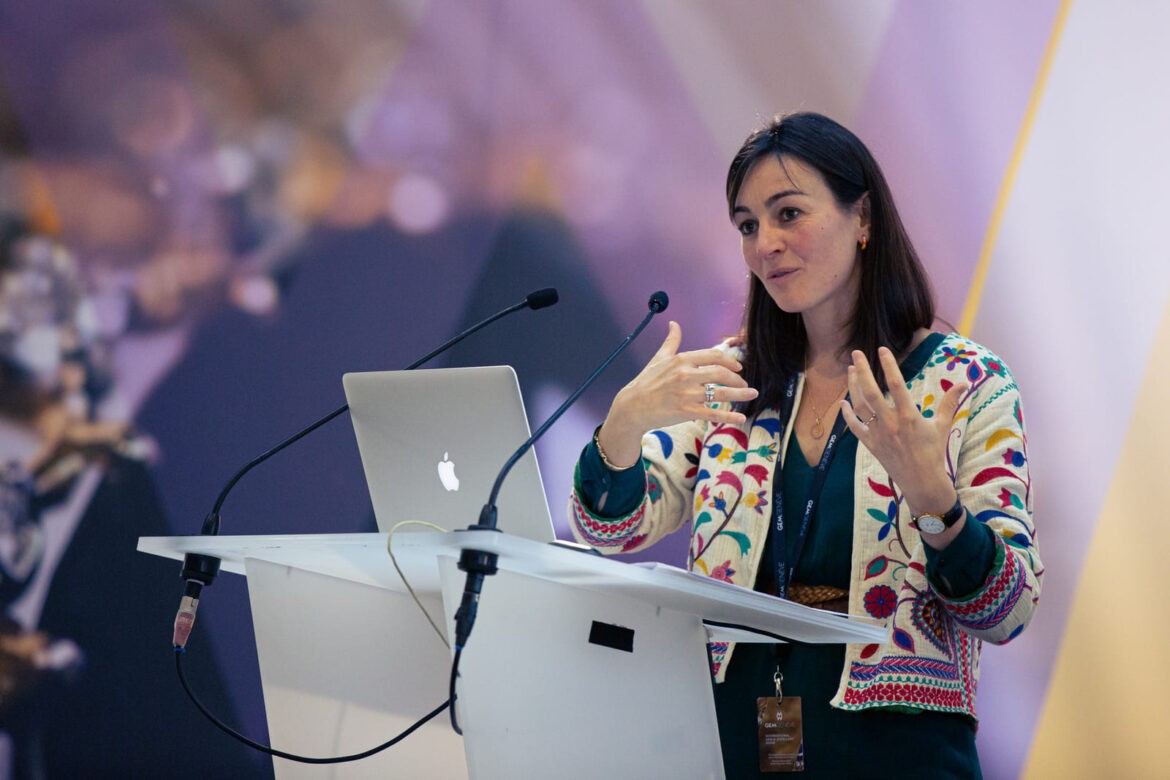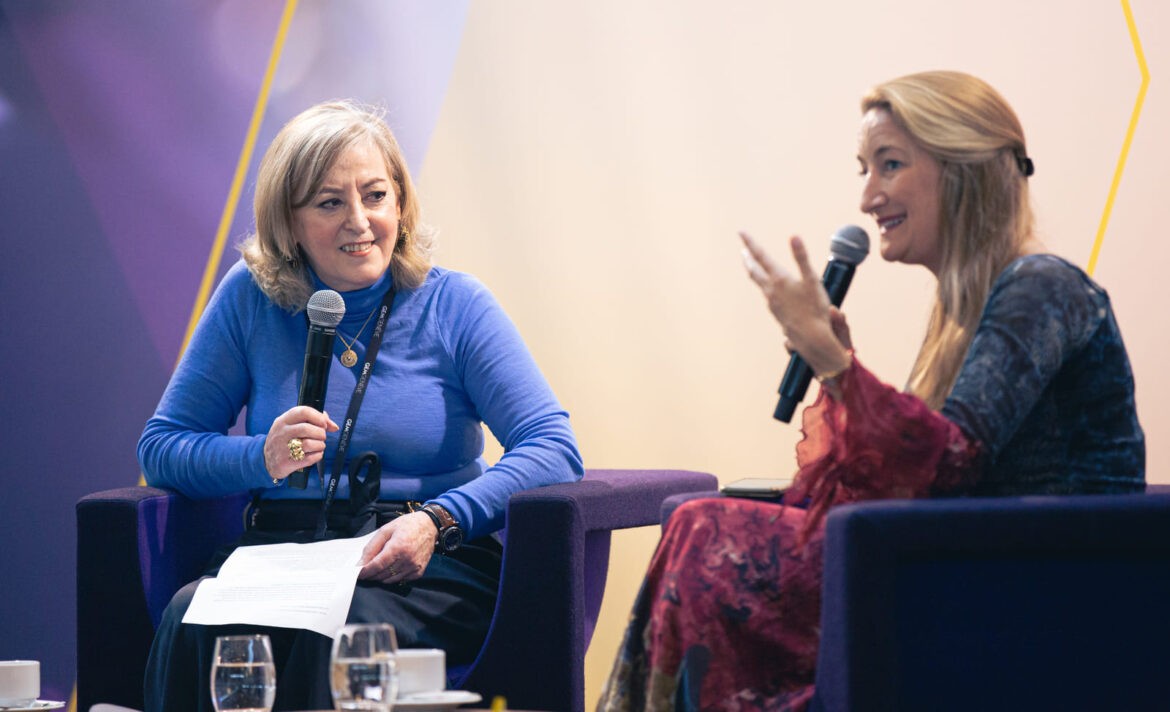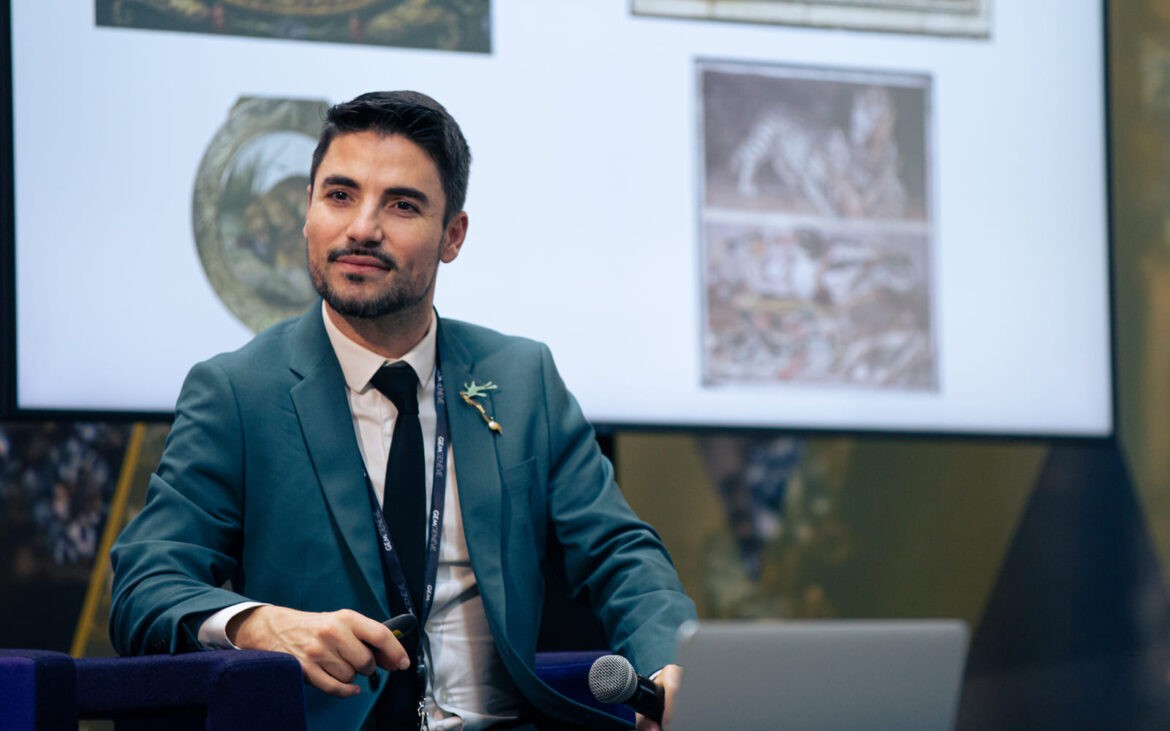From cracked paintings to micro-mosaics – The Rosalinde and Arthur Gilbert Collection of micro-mosaics
The Rosalinde and Arthur Gilbert collection is one of the world’s most comprehensive collections of micro-mosaics. Arthur Gilbert coined the term ‘micro-mosaic’ himself and supported the pioneering publications and exhibitions on the subject. During this lecture, Alice Minter, Curator of the Rosalinde & Arthur Gilbert, will present renowned highlights from ...




